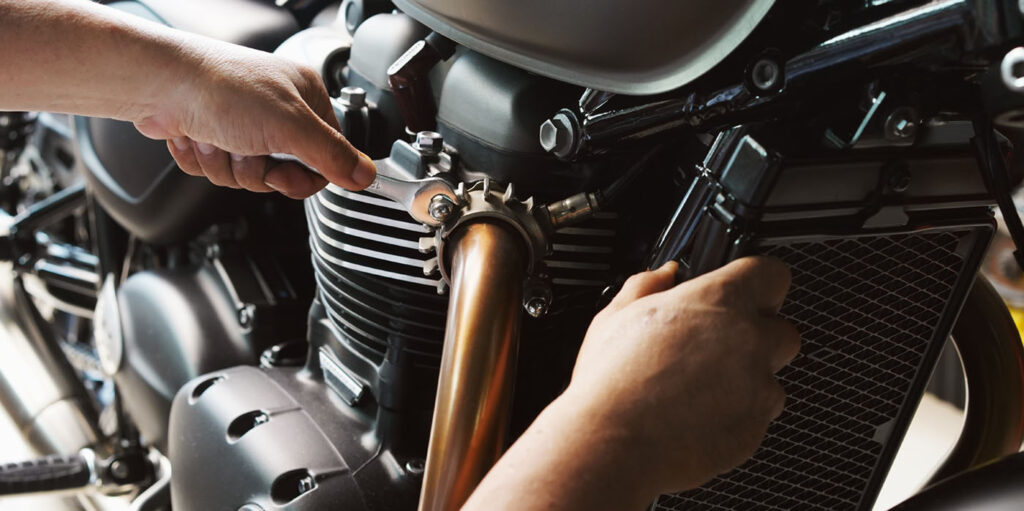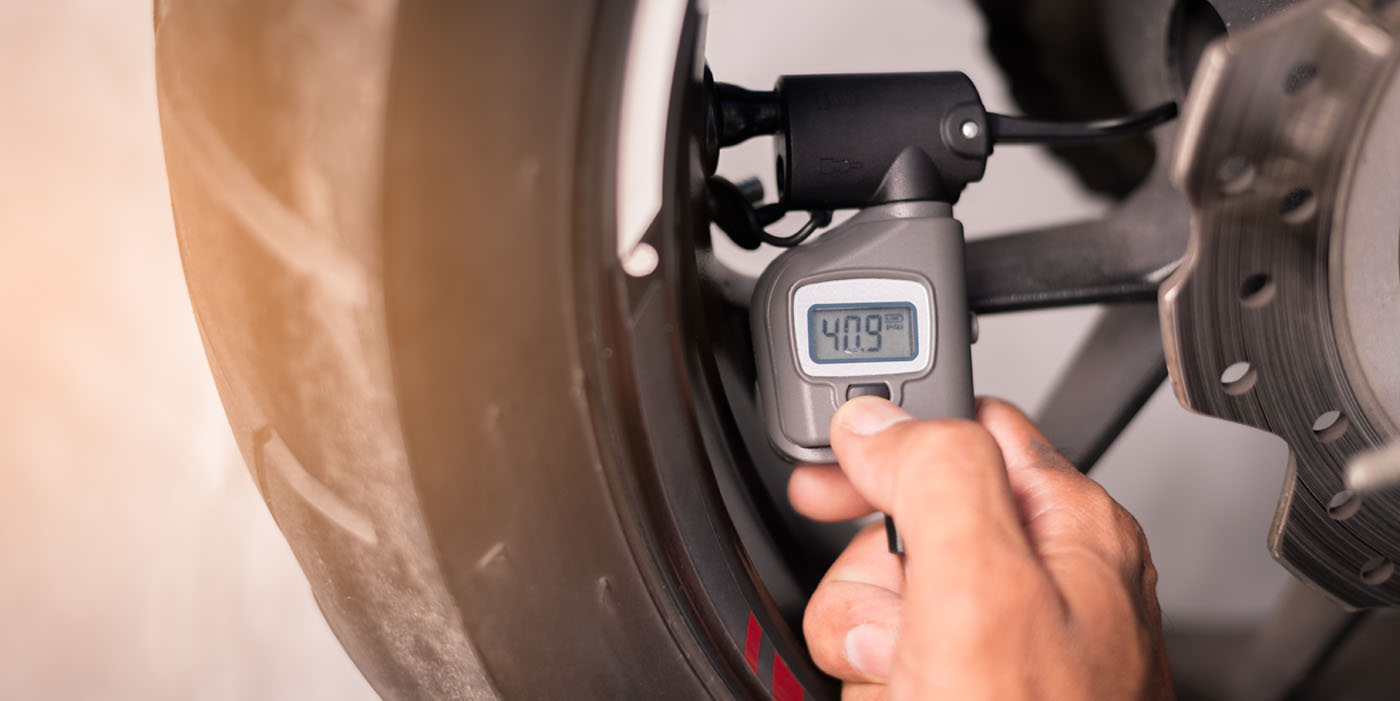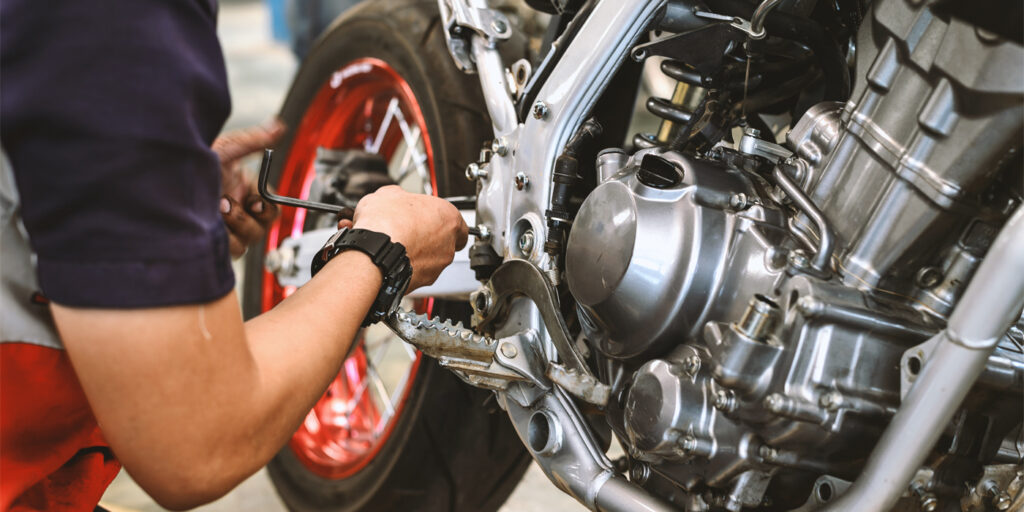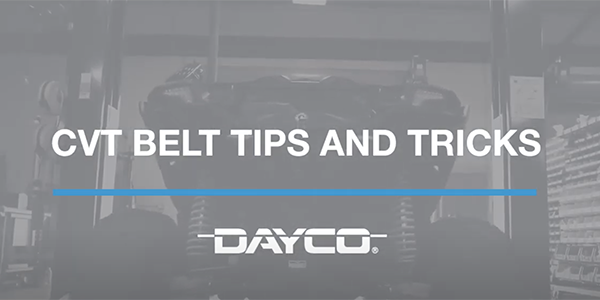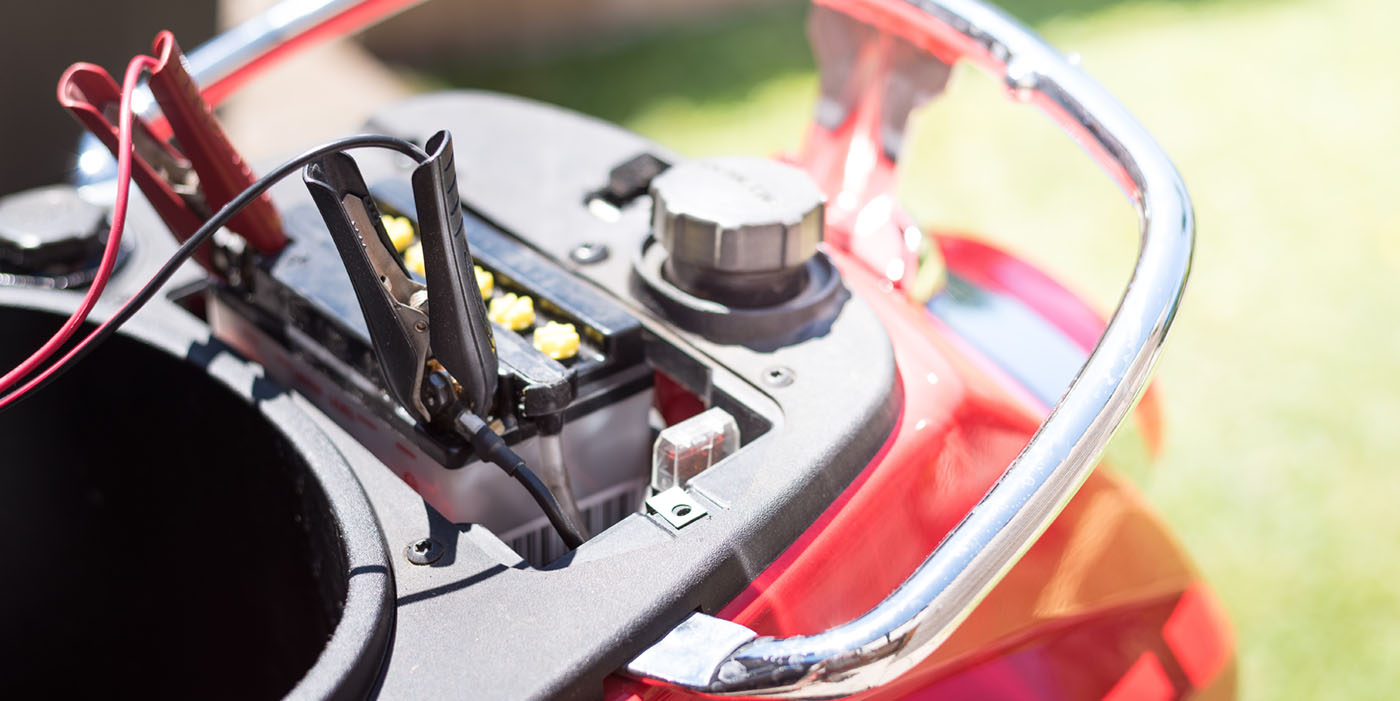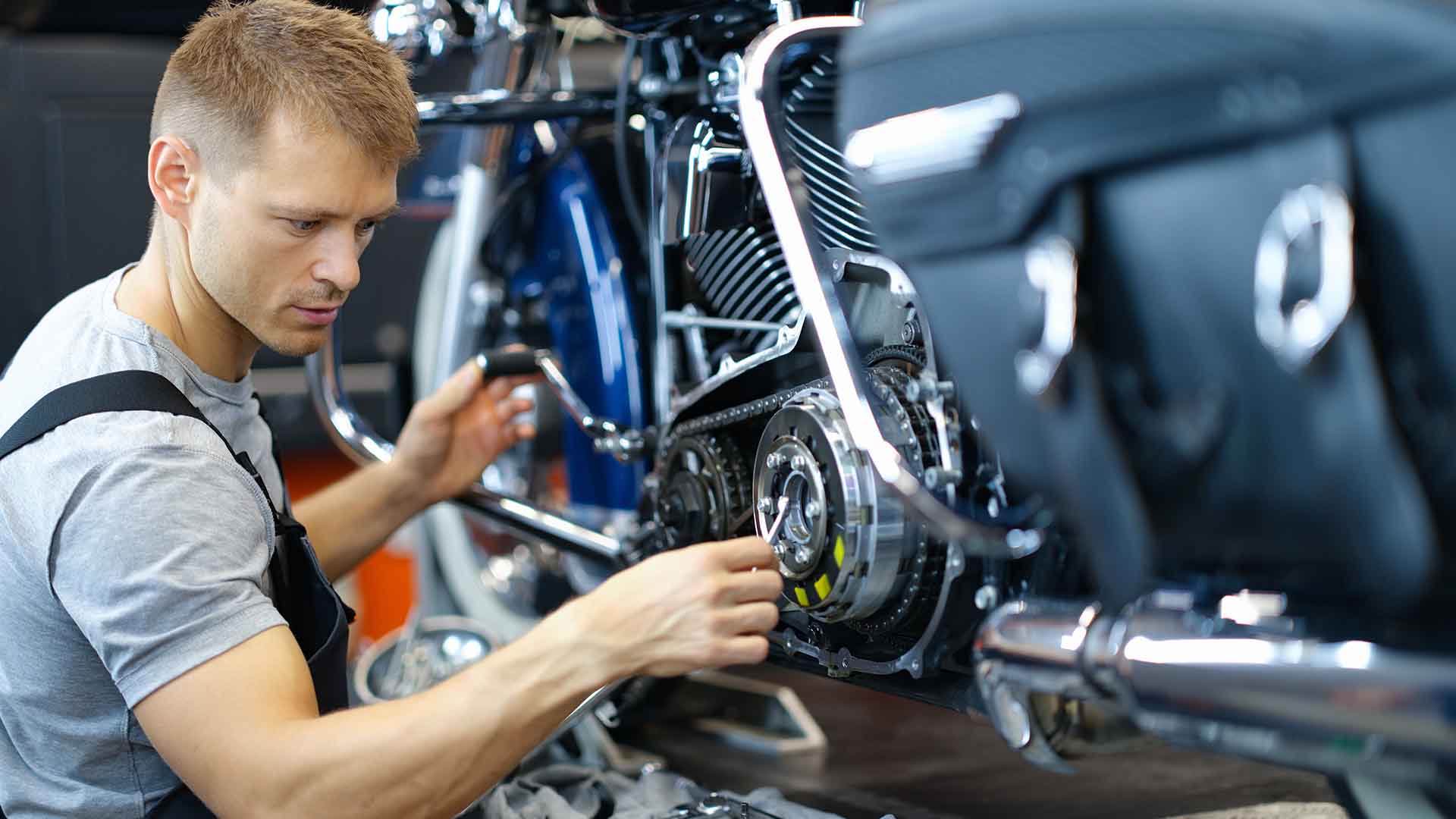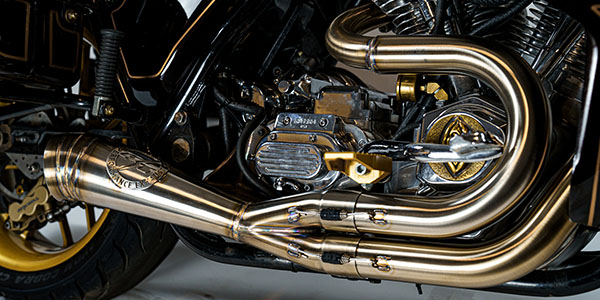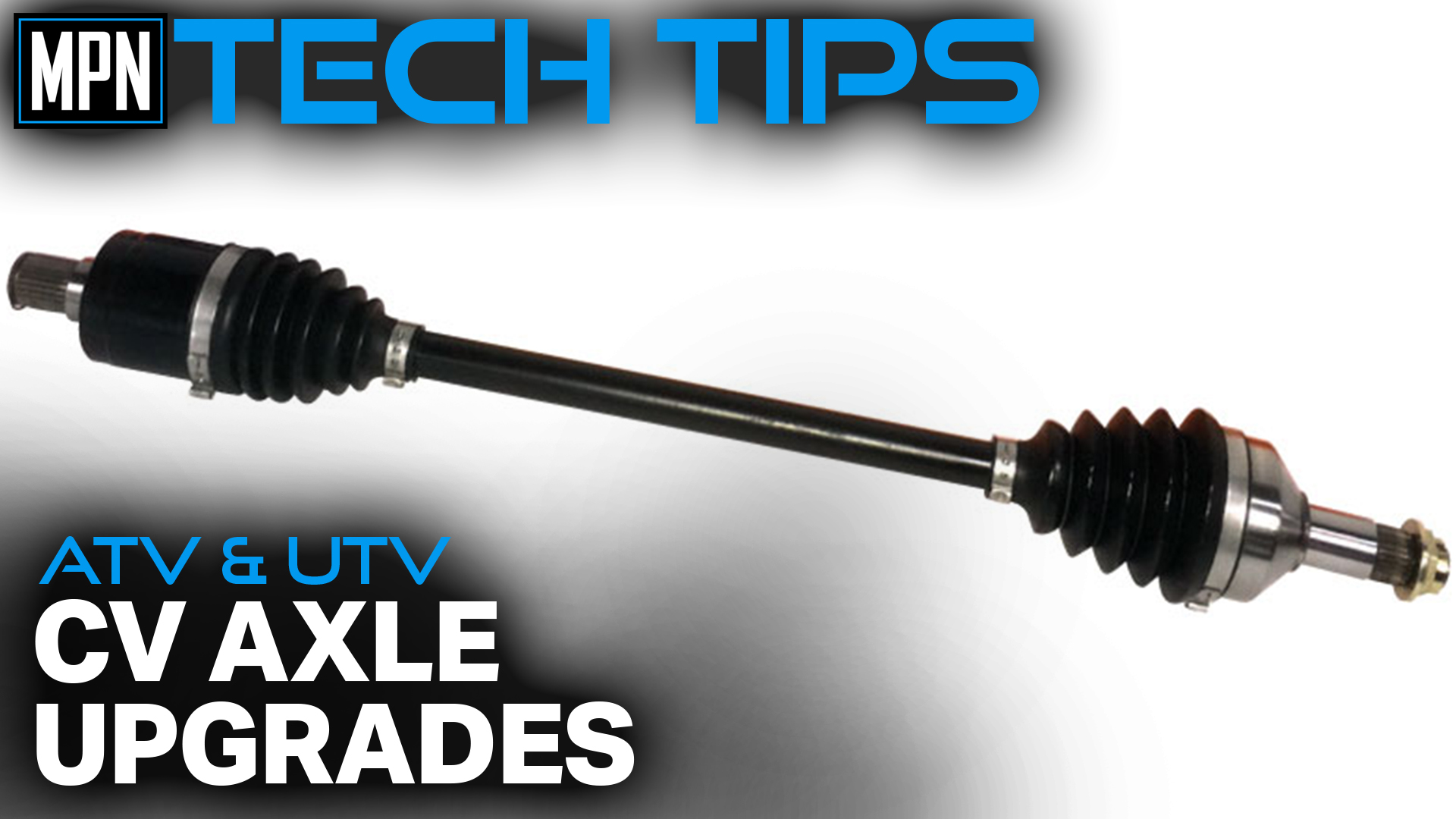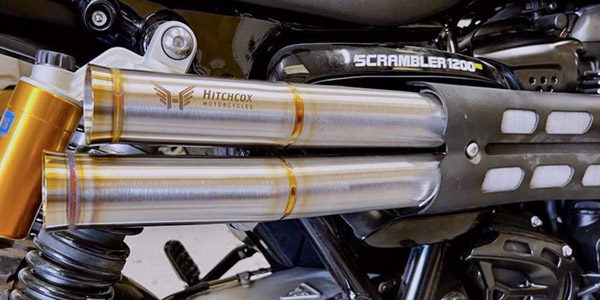It’s a point of pride to keep a motorcycle tuned and gleaming. While there isn’t a ton of work that goes into keeping the exhaust system maintained, it’s important to know how best to clean it and when to repack the muffler.
Clean, Dry and Shiny
With exhaust systems featuring a variety of different finishes — from stainless steel to chrome to titanium — you might be wondering if there’s a special way to clean each of those metals. The good news is, there’s one simple method to rule them all.
The first step, and hopefully most obvious step, is to make sure it is fully cooled down. Next, plug up the muffler to keep water out of it. “Most, if not all, aftermarket exhaust systems use fiberglass packing. And when that fiberglass packing gets wets, the next time you start it, it’s really, really hard on the packing and it could prematurely cause the packing to wear out,” Tim Welch, sales manager at Yoshimura R&D of America, says.
Now, you can finally wash it, and all the experts agree: Just use soap and water when cleaning the exhaust system.
“Most exhaust systems are made with materials that, while they’re really durable, those shiny finishes can be fragile. Things like road salt, chemicals, lye from concrete, etc., that can etch and damage those surfaces. Some popular metal polishes and cleaners have really caustic acids in them that are good for chrome but really bad for stainless steel or aluminum and even the resin in carbon fiber,” Welch explains.
In addition, using a metal polish on an exhaust system with a special coating on it is liable to ruin the finish. The only exception to this rule would be using a chrome polish on chrome pipes.
Repacking
Cleaning is a simple but important maintenance task to making sure a bike stays in working order. However, when it comes to exhaust, the most important factor is keeping the bike tuned correctly so it’s not running too lean and repacking the mufflers.
Welch adds that losing as little as 50 grams of packing — a very minimal amount — creates measurable differences in the power difference/dyno. But how can you tell when it’s time to repack? There are a number of indicators:
- The muffler starts to get loud.
- You see heat spots or discoloration.
- The pipes are rattling.
How often should you repack the muffler? It’s an arbitrary question, because it depends on the rider’s style as well as the machine. For instance, Welch recalls that his company once had two factory Suzuki motocross racers on identical machines under its roof. For one racer, his muffler would last about four hours during practice; the other racer could go about 30 hours before his mufflers needed to be repacked.
“It’s like a clutch. It depends on how much you use it, what gear you ride in, what conditions you’re riding in, the state of tune your motorcycle [is in],” Welch notes. “Really, you just have to pay attention to the signs: the heat signs, the sound signs. If it feels like it’s down on power, check it out.”
Furthermore, Welch offers this advice to riders — off-roaders especially: Weigh your exhaust system’s new muffler right after buying it. Then, every time you wash or maintain the bike, pull the muffler off and weigh it again. If it’s a hundred grams lighter, get it repacked. Some aftermarket manufacturers offer a repacking service, so customers can send in the exhaust system to be torn down and rebuilt like new.
Finally, it’s a good idea to periodically check the clamps and fasteners to make sure everything is tightened up properly. Since a combustion engine vibrates with high frequency and the exhaust is mounted right to it, that vibration travels across the whole system and can loosen fasteners over time.

